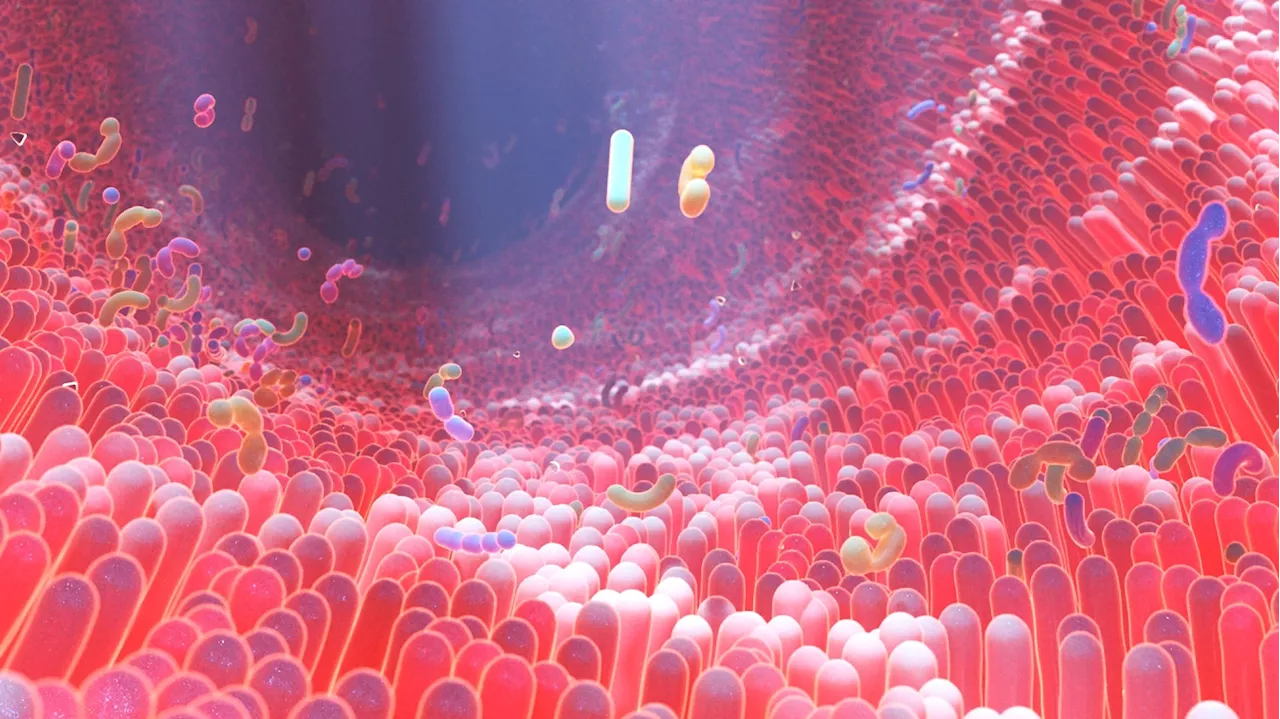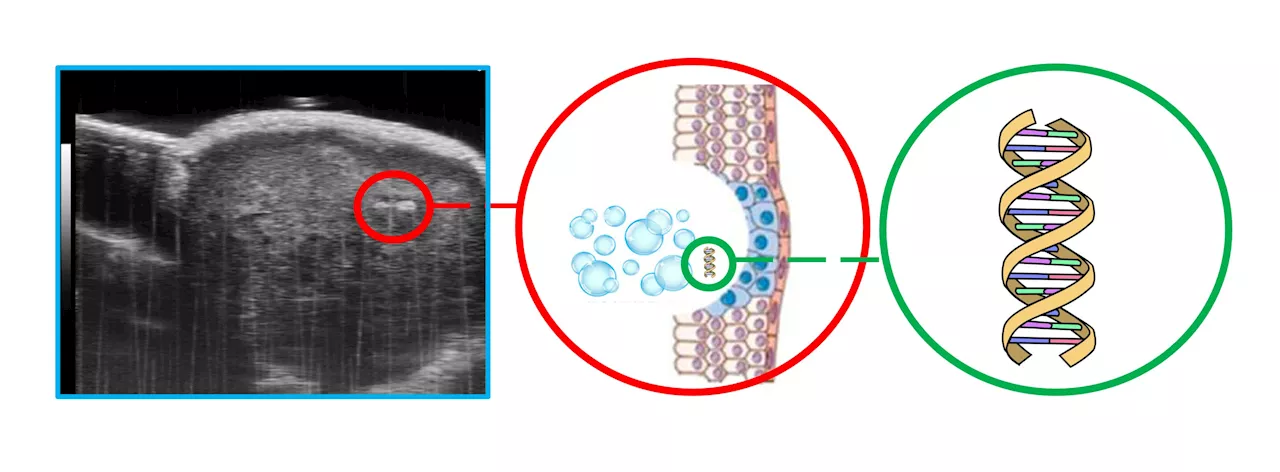This article talks about using Non-Invasive Raman Spectroscopy for Bioreactor Monitoring.
Sponsored Content by Metrohm AGMay 20 2024Reviewed by Olivia Frost Biotechnology has had a significant influence on modern society. For instance, genetically modified microbes are employed to manufacture human hormones such as insulin, while yeast has been utilized for thousands of years to make alcoholic beverages and other fermentation items. In addition, wastewater is biologically treated before being released back into the environment.
Raman spectroscopy is a non-destructive and non-invasive technique, providing a superior alternative to traditional process-monitoring methods that typically involve sampling. This method offers real-time insights into the state of the bioreactor. By monitoring the intensity of the 876 cm-1 band, it is possible to track the increase in ethanol concentration in the brew throughout the fermentation process in a non-contact and non-invasive manner .
Metrohm is the global market leader in analytical instruments for titration. Instruments for ion chromatography, voltammetry, conductivity, and stability measurement make the Metrohm portfolio for ion analysis complete. Instruments for Near-infrared and Raman spectroscopy are another, strongly growing segment of the Metrohm portfolio.
Raman Spectroscopy Bioreactor Monitoring
United Kingdom Latest News, United Kingdom Headlines
Similar News:You can also read news stories similar to this one that we have collected from other news sources.
 FDA approves immunotherapy drug combo for non-muscle invasive bladder cancerThe U.S. Food and Drug Administration (FDA) has approved the immunotherapy-boosting drug N-803, which is marketed under the brand name Anktiva, to be used in combination with the immunotherapy Bacillus Calmette-Guerin (BCG) for the treatment of patients with BCG-unresponsive non–muscle-invasive bladder cancer.
FDA approves immunotherapy drug combo for non-muscle invasive bladder cancerThe U.S. Food and Drug Administration (FDA) has approved the immunotherapy-boosting drug N-803, which is marketed under the brand name Anktiva, to be used in combination with the immunotherapy Bacillus Calmette-Guerin (BCG) for the treatment of patients with BCG-unresponsive non–muscle-invasive bladder cancer.
Read more »
 Metabolomic analysis sheds light on gut microbes' role in cardiovascular disease riskThe effect of gut bacteria on non-high-density lipoprotein cholesterol (non-HDL-c) variations.
Metabolomic analysis sheds light on gut microbes' role in cardiovascular disease riskThe effect of gut bacteria on non-high-density lipoprotein cholesterol (non-HDL-c) variations.
Read more »
 Asian hornet warning as UK put on alert over 'harmful' invasive speciesBeekeepers and the wider public are being urged to report sightings of the hornet after a record number were spotted last year
Asian hornet warning as UK put on alert over 'harmful' invasive speciesBeekeepers and the wider public are being urged to report sightings of the hornet after a record number were spotted last year
Read more »
 Public told to report Asian hornet sightings amid warning of surge in invasive speciesNature organisations have said volatile conditions have increased the risk of new species, such as the red imported fire ant, Chinese mitten crab and Chinese mystery snail, establishing themselves in the UK.
Public told to report Asian hornet sightings amid warning of surge in invasive speciesNature organisations have said volatile conditions have increased the risk of new species, such as the red imported fire ant, Chinese mitten crab and Chinese mystery snail, establishing themselves in the UK.
Read more »
 RPGRIP1L gene expression levels can be a potential prognostic marker for invasive breast cancerA protein called retinitis pigmentosa GTPase regulator interacting protein 1-like (RPGRIP1L) performs various functions that are important for development and for health throughout life, and mutations in the RPGRIP1L gene have been linked to different diseases.
RPGRIP1L gene expression levels can be a potential prognostic marker for invasive breast cancerA protein called retinitis pigmentosa GTPase regulator interacting protein 1-like (RPGRIP1L) performs various functions that are important for development and for health throughout life, and mutations in the RPGRIP1L gene have been linked to different diseases.
Read more »
 Intense ultrasound extracts genetic info for less invasive cancer biopsiesUltrasound imaging offers a valuable and noninvasive way to find and monitor cancerous tumors. However, much of the most crucial information about a cancer, such as specific cell types and mutations, cannot be learned from imaging and requires invasive and damaging biopsies.
Intense ultrasound extracts genetic info for less invasive cancer biopsiesUltrasound imaging offers a valuable and noninvasive way to find and monitor cancerous tumors. However, much of the most crucial information about a cancer, such as specific cell types and mutations, cannot be learned from imaging and requires invasive and damaging biopsies.
Read more »
